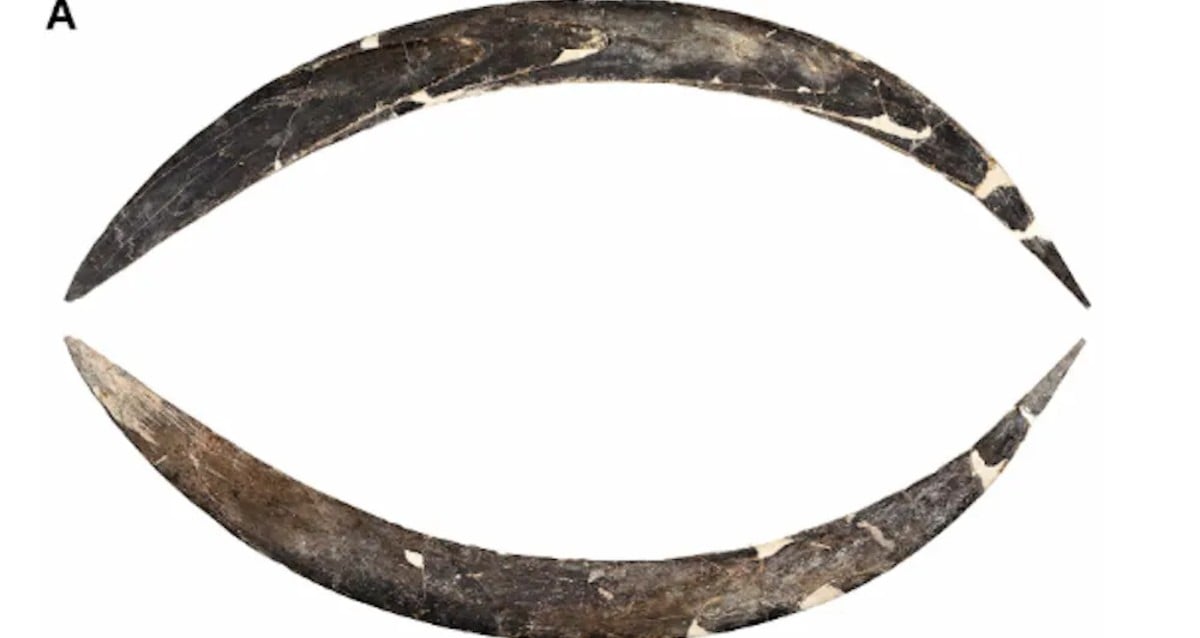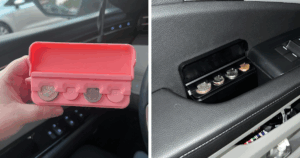Why Did Ancient Egyptians Shatter Pharaoh Hatshepsut’s Statues? The Chilling Truth Revealed
“While the ‘shattered visage’ of Hatshepsut has come to dominate the popular perception, such an image does not reflect the treatment of her statuary to its full extent,” Wong explained in a statement from Antiquity. “Many of her statues survive in relatively good condition, with their faces virtually intact.”
Why Hatshepsut Statues May Have Been Broken To Deactivate Their Supposed Supernatural Powers
There is still evidence to suggest that Thutmose III did wage some posthumous vendetta against his step-mother. Near the end of his 33-year rule, he did remove her name from the list of kings and he did order that her statues to be broken.
But in reviewing the unpublished notes from the original excavation of the statues, Wong found out that not all of the damage was dated to the time of Thutmose III’s reign.
The damage can be separated into different phases, the first phase being the damage caused by Thutmose III. The rest of the damage occurred later, likely by people wanting to collect repurposed building materials.
“Once you take away all this later damage, you find that the destruction caused by Thutmose III was limited and very methodical—the statues were broken across specific weak points, in line with what is often described as the ‘deactivation’ of Egyptian statues,” Wong explained.

The Metropolitan Museum of ArtA bust of Hatshepsut that has been partially restored.
This practice of deactivating previous pharaohs’ statues was not a rare one in ancient Egypt. Because the people considered pharaoh statues to be a kind of living entity, the statues would be severed at their weak points to snuff out their power. The damage from many of Hatshepsut’s statues falls in line with this methodical destruction.














Post Comment